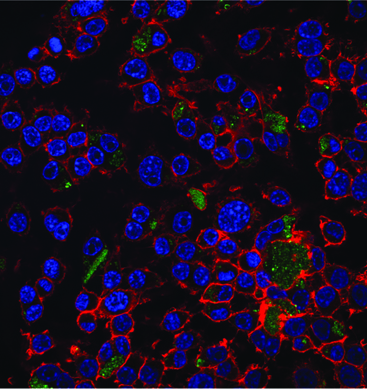The potential of a gene-silencing technique called RNA interference has long enticed biotechnology researchers. It’s used routinely in the laboratory to shut down specific genes in cells. Still, the challenge of delivery has held back RNA-based drugs in treating human disease.
RNA is unstable and cumbersome, and just getting it into the body without having it break down is difficult. One that hurdle is met, there is another: the vast majority of the drug is taken up by the liver. Many current RNA-based approaches turn this apparent bug into a strength, because they seek to treat liver diseases. See these articles in The Scientist and in Technology Review for more.
But what if you need to deliver RNA somewhere besides the liver?
Biomedical engineer Hanjoong Jo’s lab at Emory/Georgia Tech, working with Katherine Ferrara’s group at UC Davis, has developed technology to broaden the liver-dominant properties of RNA-based drugs.

Hanjoong Jo, PhD
The results were recently published in ACS Nano. The researchers show they can selectively target an anti-microRNAÂ agent to inflamed blood vessels in mice while avoiding other tissues.
“We have solved a major obstacle of using anti-miRNA as a therapeutic by being able to do a targeted delivery to only inflamed endothelial cells while all other tissues examined, including liver, lung, kidney, blood cells, spleen, etc showed no detectable side-effects,†Jo says. Read more






